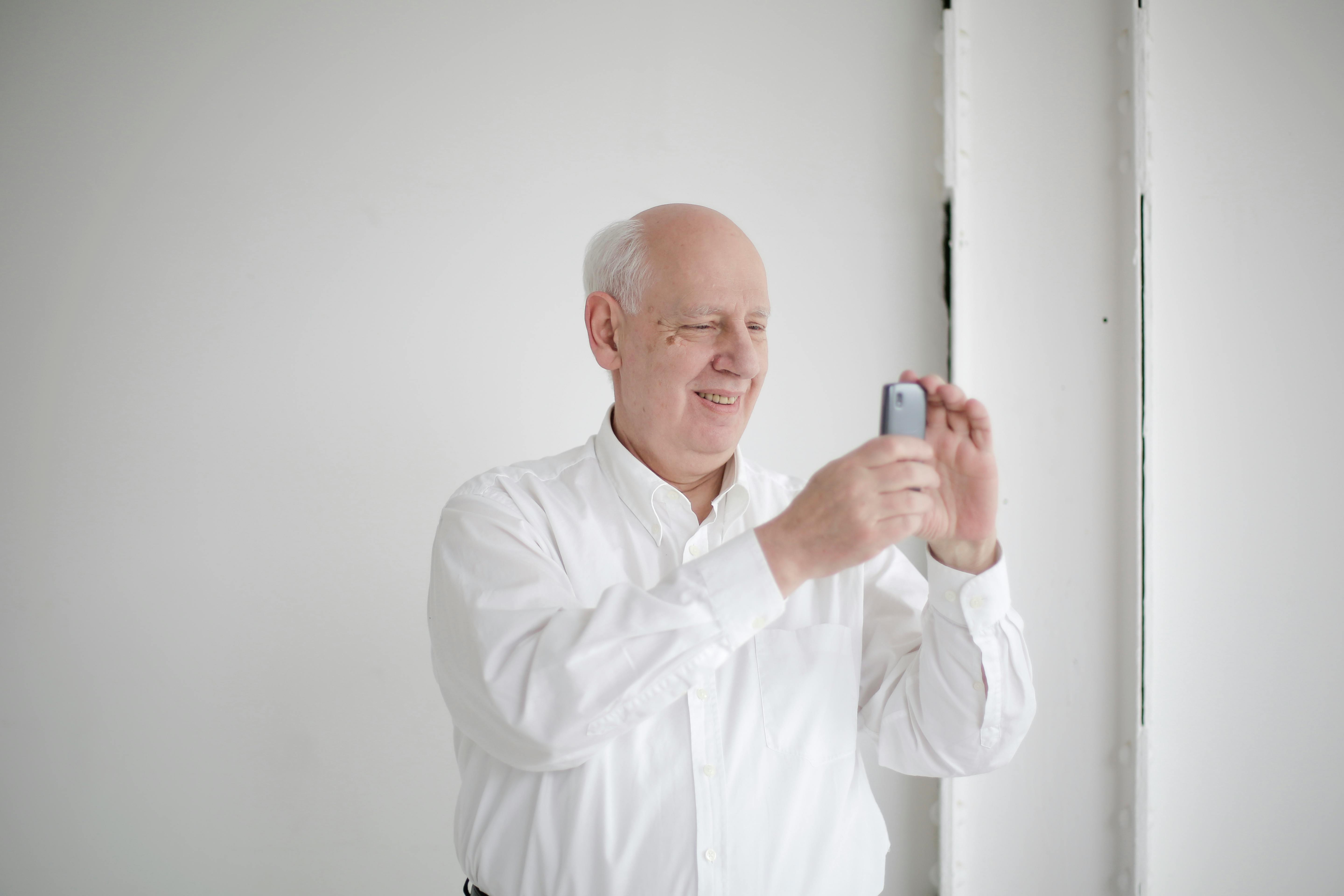Spatialism – The Story
In 1946, the famous Argentine sculptor and painter Lucio Fontana (1899-1968), devised a novel art style, called Spatialism or Movimento Spaziale. This art movement was contemporary with Abstract Expressionism in the United States. The philosophy behind spatialism was dispelled through his manifesto entitled ‘White Manifesto’, which discussed the need for a distinctive ‘spatial’ art form to capture the spirit of the post-war era.
The Correlations
Three artistic movements, Dadaism, Tachismo and Concrete Art, had a decisive influence on spatialism. Dada consciously ignored ‘aesthetics’ in the Fine Arts to bring forth revolutionary compositions. Tachisme was often considered the French style of Abstract Expressionism. The Concrete Art of the 1930s was dominated by the play of colors and lines, for representation. Although the underlying ideas behind Spatialism and Abstract Expressionism were similar, Spatialism removed the preponderance of painting and easel media as tools for creating works of art. Instead, he focused on the “moment”, represented as a function of time and action.
The details
Spatialism synthesized the elements of sound, color, space, movement and time, in its frames. In a way, Spatialism represented a union of the fundamentals of science with the Fine Arts, using tools, such as television and neon lights, to name a few. According to ‘White Manifesto’, spatialism was conceptualized to “transcend the area of the canvas, or the volume of the statue, to assume more dimensions and become an integral part of the architecture, transmitting to the surrounding space and using new discoveries”. in science and technology”. Another distinctive feature of Lucio Fontana’s works was the presence of holes or ‘slits’ of different sizes and angles throughout the canvas. Good examples of this technique include ‘Concept Spatiale’ from 1959 and ‘Concetto Spaziale’ from 1964. Fontana’s body of these works was known as the slash series.
Artists and works of art
Spatialism eventually began to focus on the negative aspects in the representation of its subjects. His later manifestos dispelled the principles of expression, artificial emotions, and color scheme onto geometric space, instead capturing the “real” as it exists. Fontana’s 1947 work ‘Black Space Environment’ was a classic example of this theory. It consisted of a room painted completely black and another work from 1949, called ‘Spatial Environment’ illuminated by a series of neon lights. Among the most celebrated artists associated with spatialism are Roberto Crippa (1921-72), Cesare Peverelli (1922-2000), Gianni Dova (1925-91), and Enrico Donati (1909-2008). Fontana’s revolutionary style not only created a niche for him, but he became a powerful influence on various artists and art forms.




